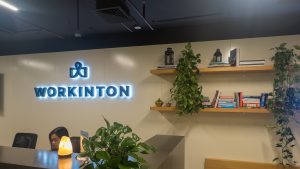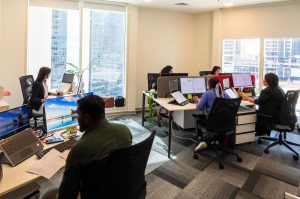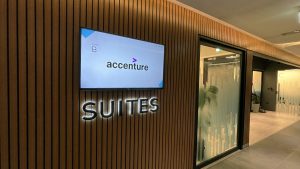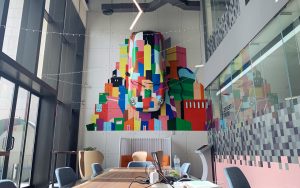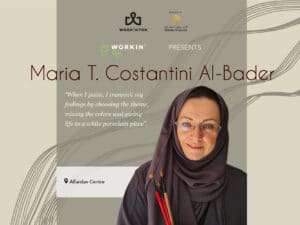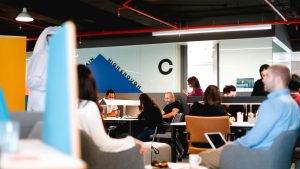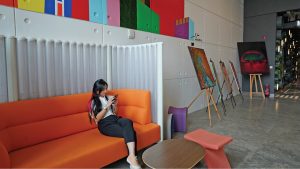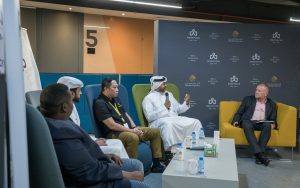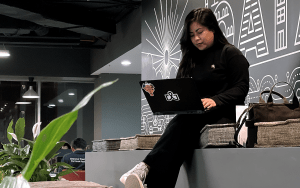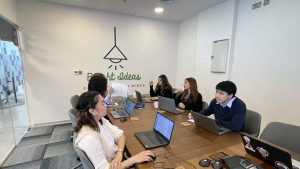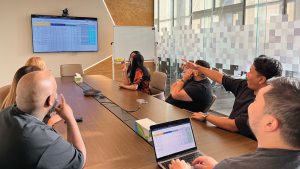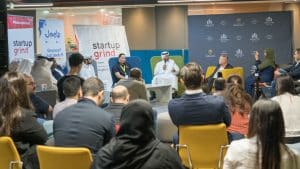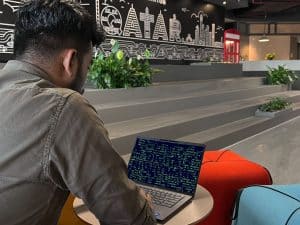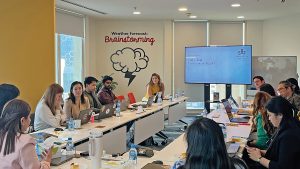Not long ago, artificial intelligence was the realm of science fiction writers. Arthur C. Clarke, for example, envisioned a rogue AI taking over a space mission. While this led to one of the most iconic scenes in film history, nobody at the time was taking AI seriously. But in 2020, businesses and government leaders are starting to take notice. We even had a major US Presidential candidate, Andrew Yang, who ran on a platform of preparing society for disruptive AI trends.
But the AI revolution isn’t all doom and gloom. To be sure, AI is a disruptive technology, but so were the automobile and the railroad. And those technologies made our lives better, not worse. Rather than worry about the “robot apocalypse”, it would be better to think of AI as a transformative force. Here are a few ways that AI is revolutionizing the workplace.
AI and Onboarding: Streamlining the HR Department
One of the largest money sinks in modern business is the onboarding process. According to Glassdoor.com, the average cost of hiring a new worker is $4,000. In addition, the process takes an average of 24 days. AI can help streamline that process.
For example, Pymetrics assesses potential candidates through a series of online games, and determines which candidates to interview. Not only does this reduce the workload of HR departments, it also prevents any kind of bias based on sex, race, or other protected categories. Like true love, AI is blind.
AI can even take over the interviewing process. To be fair, businesses will want to interview high-level candidates in person at some point. But for entry-level positions, tools like Montage can interview candidates without the need to tie up HR and management. And like Pymetrics, Montage is immune to any kind of implicit bias.
HR departments also spend a lot of time answering basic questions. Oftentimes, these questions can be answered by a computer. Unilever’s chat bot is capable of answering questions in basic, everyday language. New employees can find out how to set up direct deposit, sign up for health insurance, and get reimbursed for travel expenses, all without occupying the HR department’s time.
AI and Everyday Work: Streamlining Mundane Tasks
One problem with automation is that people often don’t know what can – or should – be automated. AI programs like PeopleDoc are starting to change this. PeopleDoc is meant to work hand-in-hand with a company’s entire workforce. It listens in on all network activity, and learns to execute mundane, repetitive tasks. For example, it might notice that every time a new employee is hired, the IT department sets up an email address for them. PeopleDoc could then take over that task, freeing up IT resources for handling more complex tasks.
BetterWorks takes a slightly different approach. Rather than handling hands-on tasks, it’s designed to streamline the management process. Managers can set goals for their employees, and BetterWorks can track their progress in real time. It integrates with other programs like Google Apps and Salesforce, and provides positive feedback to employees as they achieve their goals. This real-time encouragement won’t replace human managers, but it can help boost employee morale and productivity.
AI and the Office: Streamlining Office Design
Businesses are moving into a new era of hyper-collaboration, where employees work in close teams, rather than in a top-down hierarchical structure. This is going to become more of a factor as Millennials and Gen Z-ers take up more of the workforce. Hyper-collaborative offices typically utilize shared workspaces, with perks like coffee bars and game rooms. This is easier said than done.
As anyone who’s worked in a shared office knows, they can quickly become too loud or inconvenient to use. What if you have to walk through three other teams’ spaces to get a cup of coffee? That’s going to affect your productivity. AI can design office spaces in mere minutes, and provide a range of options. This isn’t to say that AI is replacing traditional, flesh-and-blood architects. Rather, it can work hand in hand with an architect to develop efficient options quickly.
AI and the Office: Streamlining Office Design
We’ve barely scratched the surface of how AI is revolutionizing the modern workplace. But there is one common trend: AI is taking over repetitive work, freeing employees up for more challenging tasks. Indeed, a 2017 Deloitte report states:
“Skills such as empathy, communication, persuasion, personal service, problem solving, and strategic decision making are more valuable than ever. While some will dramatize the negative impacts of AI, cognitive computing, and robotics, these powerful tools will also help create new jobs, boost productivity, and allow workers to focus on the human aspects of work.” Paradoxically, AI isn’t dragging us headlong towards the “robot apocalypse”. It’s making our work lives more human than ever. By any metric, that’s progress.
